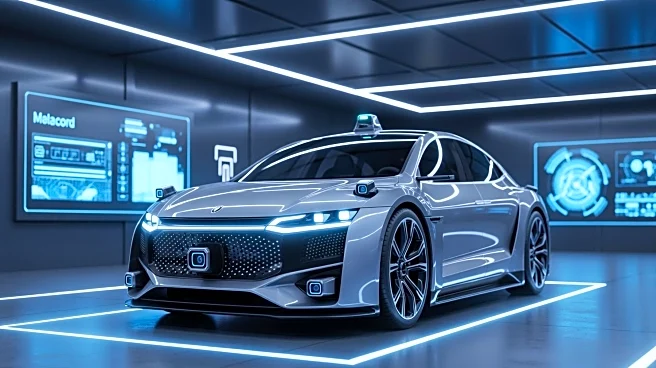What's Happening?
The auto insurance landscape in 2025 is being shaped by the integration of advanced vehicle technologies. Features such as blind spot sensors, automatic lane correction, and self-driving capabilities are becoming more prevalent, enhancing road safety
but also increasing insurance costs. According to a 2023 study, these technologies could generate $300 billion to $400 billion in revenue by 2035. However, the cost of repairing high-tech vehicles is higher, leading to increased insurance premiums. The national average cost for full coverage in 2025 is $2,638, a 12% increase from 2024. Factors such as credit score changes, traffic violations, and the presence of teen drivers significantly affect individual insurance rates. Additionally, state-by-state variations show that residents in states like Louisiana and Florida spend a higher percentage of their income on insurance compared to those in Hawaii.
Why It's Important?
The rise in auto insurance rates due to advanced vehicle technology has significant implications for consumers and the insurance industry. While these technologies improve safety, they also increase repair costs, which insurers must account for in their pricing. This trend could lead to higher premiums, affecting affordability for consumers. The stabilization of rates after years of increases offers a temporary reprieve, but economic pressures, climate change, and supply chain issues could drive future hikes. Insurers are focusing on customer satisfaction, as indicated by a 38% dissatisfaction rate, and are exploring ways to manage costs through policy adjustments and discounts.
What's Next?
As the auto insurance industry adapts to these changes, consumers are encouraged to evaluate their insurance plans and explore cost-saving strategies. This includes adjusting coverage, seeking discounts, and comparing different insurance options. The industry is expected to grow at a compound annual rate of 1.48% from 2025 to 2029, driven by increasing demand for auto insurance policies. Regulatory considerations around artificial intelligence in vehicles will also play a role in shaping future insurance rates and policies.















